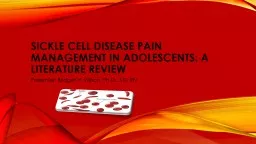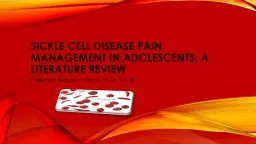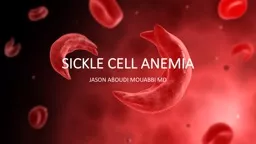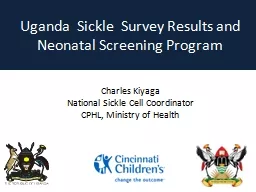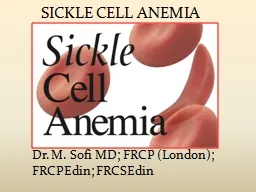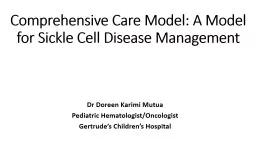PPT-Sickle Cell Disease Pain Management in Adolescents: A Liter
Author : giovanna-bartolotta | Published Date : 2016-12-19
Presenter Bridget H Wilson PhD MS RN Introduction Sickle cell disease SCD pain continues to emerge among adolescents Over 98000 individuals are believed to have
Presentation Embed Code
Download Presentation
Download Presentation The PPT/PDF document "Sickle Cell Disease Pain Management in A..." is the property of its rightful owner. Permission is granted to download and print the materials on this website for personal, non-commercial use only, and to display it on your personal computer provided you do not modify the materials and that you retain all copyright notices contained in the materials. By downloading content from our website, you accept the terms of this agreement.
Sickle Cell Disease Pain Management in Adolescents: A Liter: Transcript
Download Rules Of Document
"Sickle Cell Disease Pain Management in Adolescents: A Liter"The content belongs to its owner. You may download and print it for personal use, without modification, and keep all copyright notices. By downloading, you agree to these terms.
Related Documents

